Johnson Grass contains cyanide??
Pooh Bear
16 years ago
Related Stories

GRASSES10 Ways to Use Ornamental Grasses in the Landscape
These low-maintenance plants can add beauty, texture and privacy to any size garden
Full Story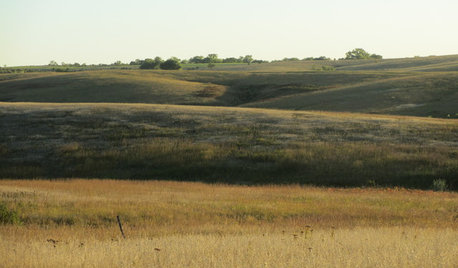
GARDENING GUIDESHow to Get Your Prairie On
Have a field day with your landscape, even if you've got just a few modern containers on a paved path
Full Story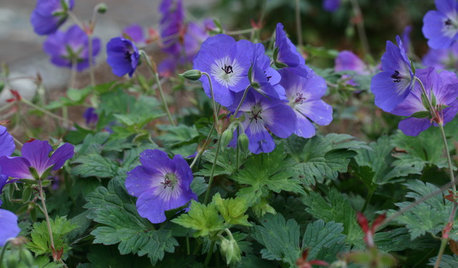
FLOWERSGreat Design Plant: 'Rozanne' Cranesbill
Try this vigorous scrambling beauty as a ground cover or container plant for captivating garden color all summer long
Full Story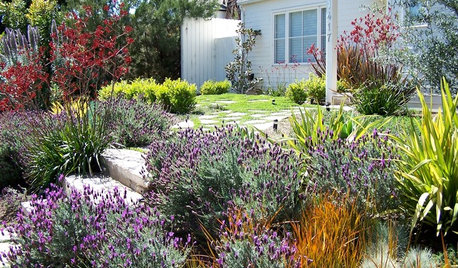
SAVING WATERGreat Plants for Lush, Low-Water Gardens
Water restrictions making your garden look washed out? Give it living color with unthirsty grasses, flowers and succulents
Full Story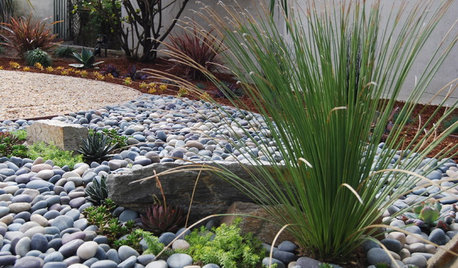
GARDENING GUIDESGreat Design Plant: Dasylirion Quadrangulatum
The drought-tolerant Mexican grass tree adds dramatic interest to the Southwest garden
Full Story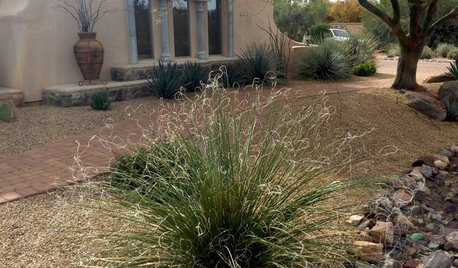
GARDENING GUIDESGreat Design Plant: Nolina Microcarpa
Grass-like beargrass with its curlicue tips adds lovely texture to drought-tolerant Southwest gardens
Full Story
GARDENING GUIDES10 Cold-Hardy Succulents for Cool-Season Interest
These attractive plants shrug off colder temperatures, and many can be brought inside in containers in extra-chilly climates
Full Story
HEALTHY HOME6 Tips From a Nearly Zero-Waste Home
Lower your trash output and increase your quality of life with these ideas from a mom who did it to the max
Full Story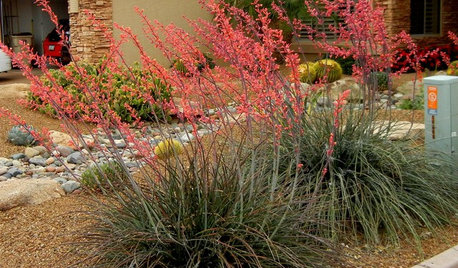
GARDENING FOR BUTTERFLIESGreat Design Plant: Red Yucca Spikes Dry Spots With Color
Neither heat nor cold nor lack of water fazes this flowering succulent, which adds spiky texture to Southwestern landscapes
Full Story
GARDENING FOR BUTTERFLIESButterfly Gardening: Delight the Eyes With Living Sculptures
Surprise and thrill with a garden that attracts magical winged creatures, bringing color, movement and life
Full Story





Dibbit
Macmex
Related Professionals
Richmond Heights Landscape Architects & Landscape Designers · Aurora Landscape Contractors · Fuquay-Varina Landscape Contractors · Rochester Landscape Contractors · Kingsburg Landscape Contractors · Daly City Fence Contractors · El Monte Fence Contractors · San Mateo Fence Contractors · Silver Spring Fence Contractors · Castle Rock Decks, Patios & Outdoor Enclosures · Fort Lee Decks, Patios & Outdoor Enclosures · Fredericksburg Decks, Patios & Outdoor Enclosures · Freehold Decks, Patios & Outdoor Enclosures · Quincy Decks, Patios & Outdoor Enclosures · Sugar Land Decks, Patios & Outdoor EnclosuresPooh BearOriginal Author
kydaylilylady
marquisella